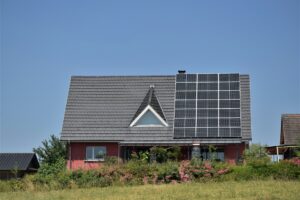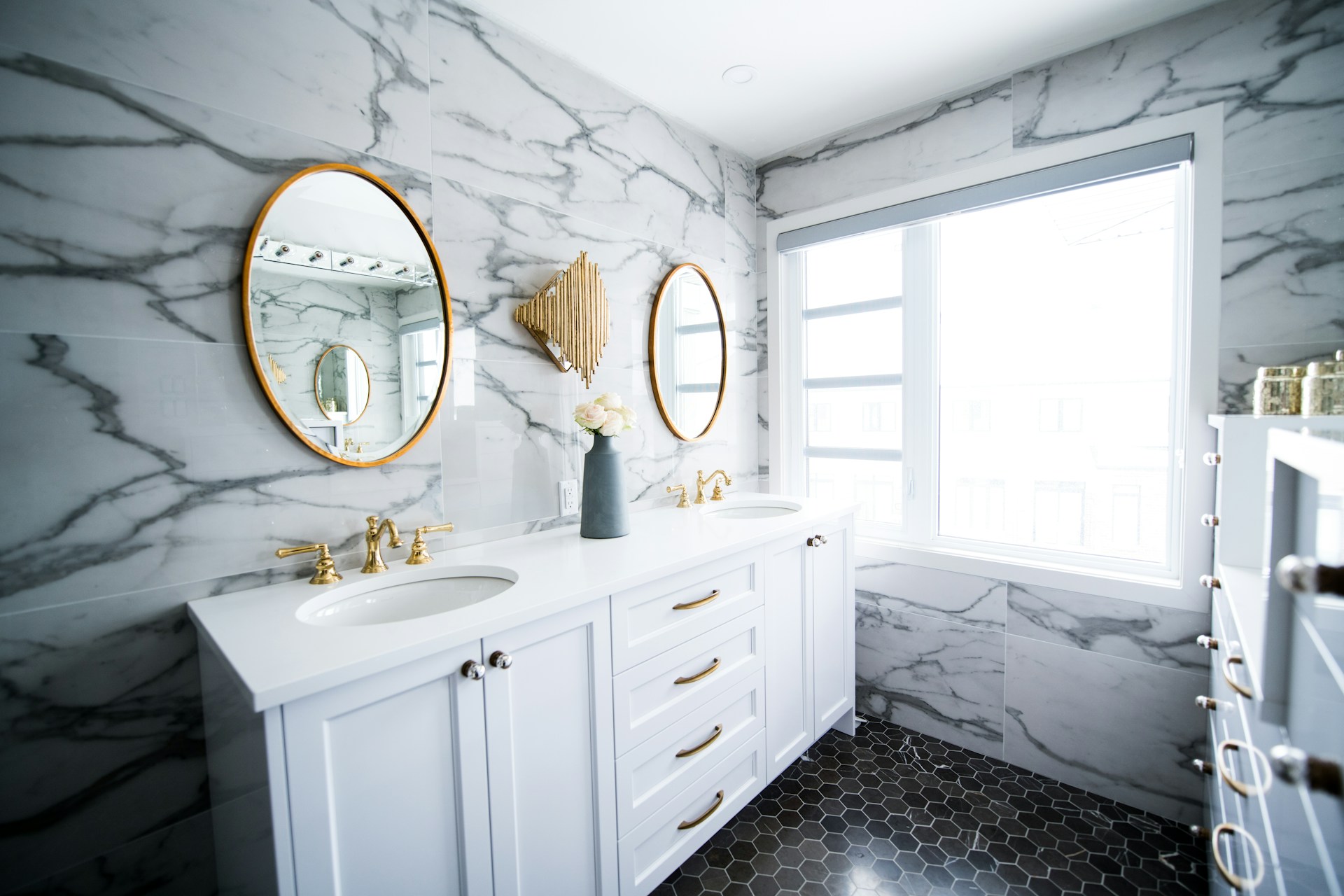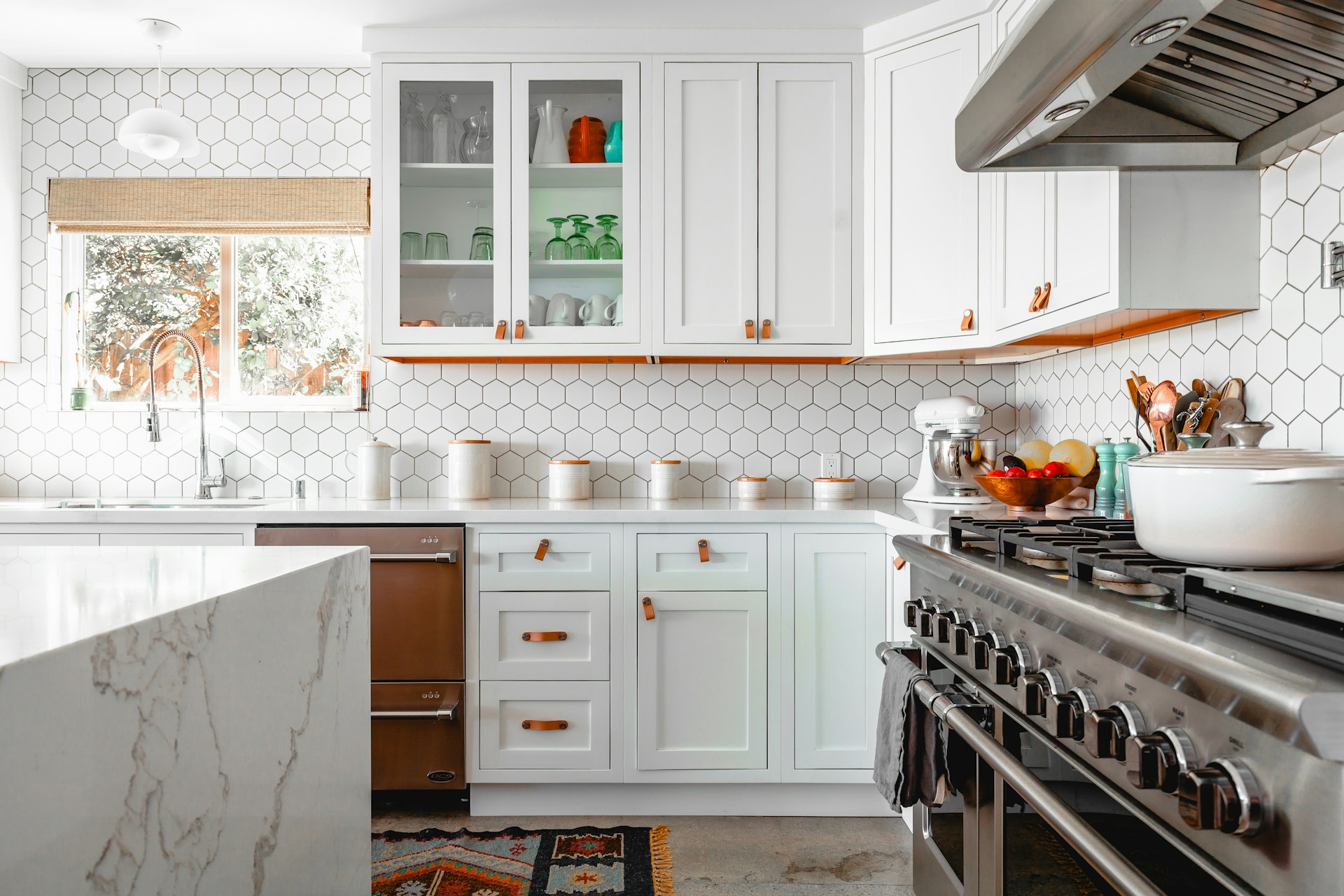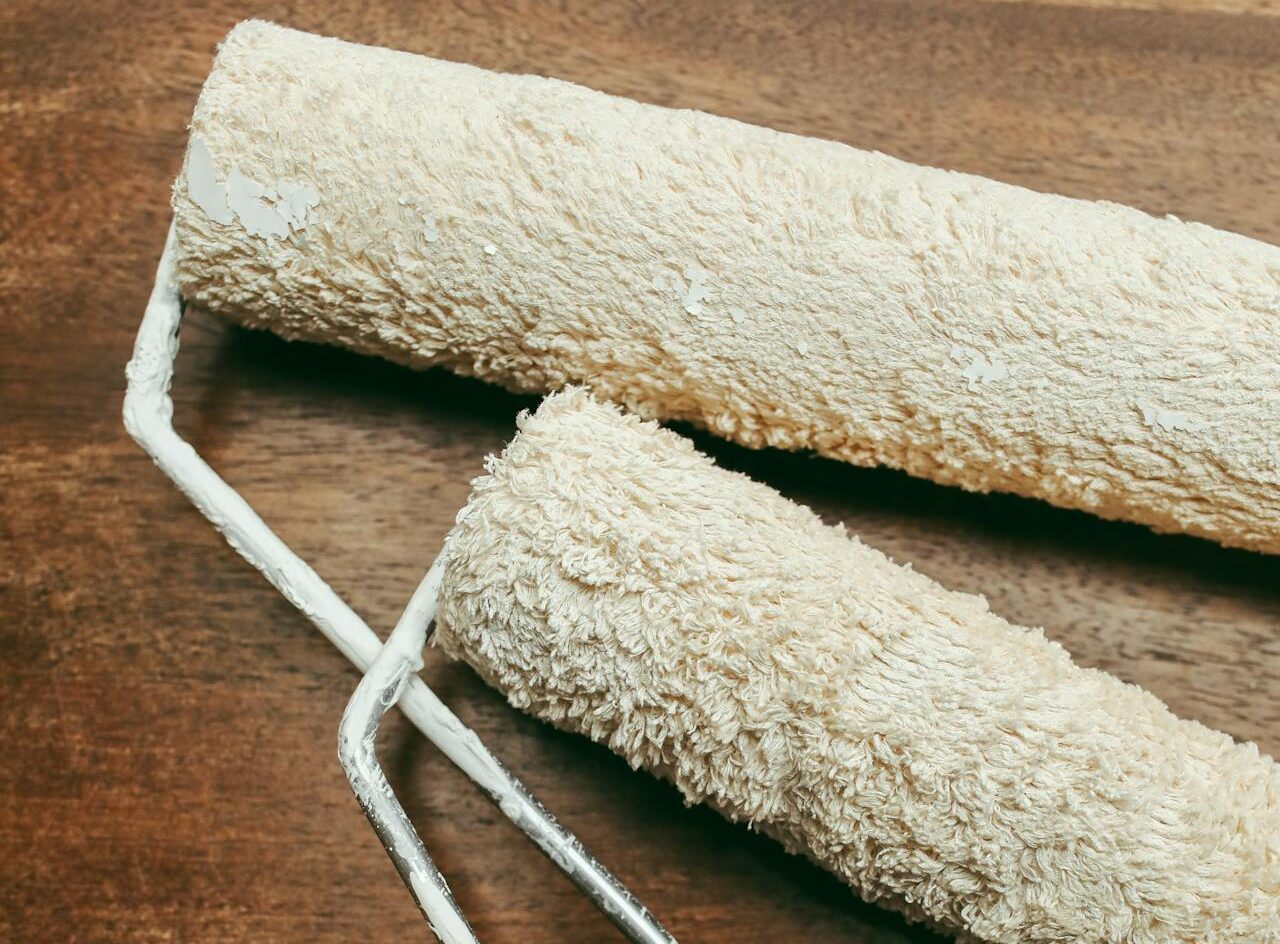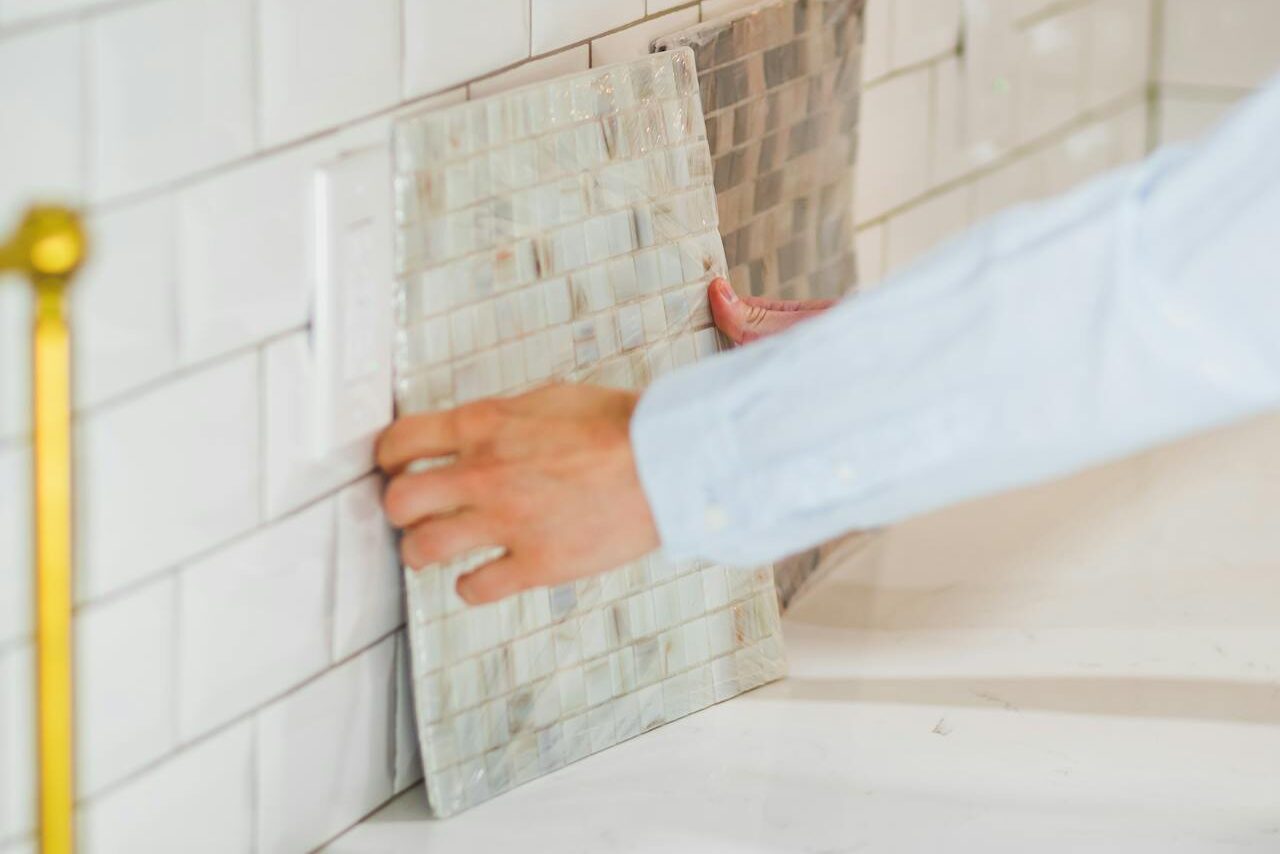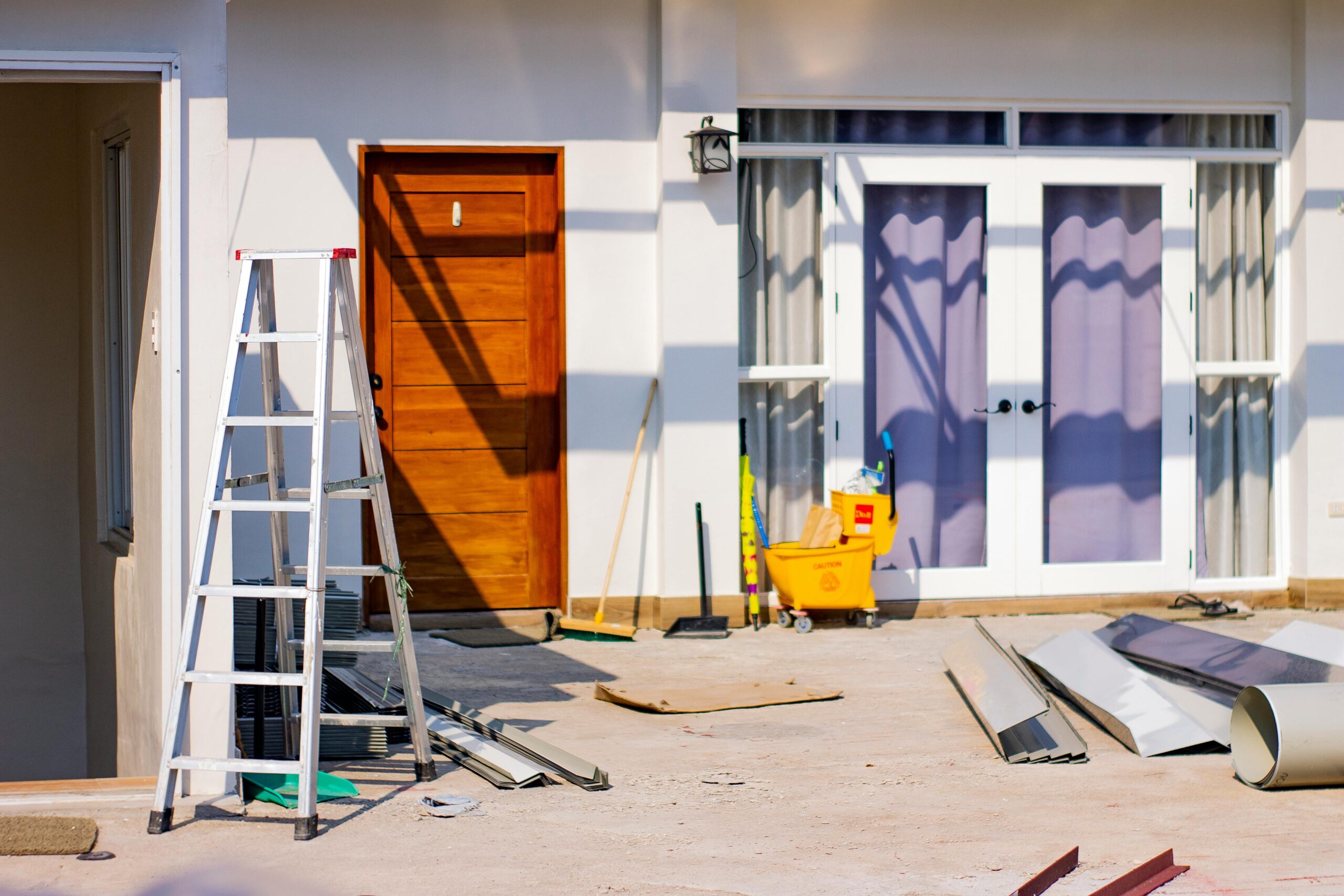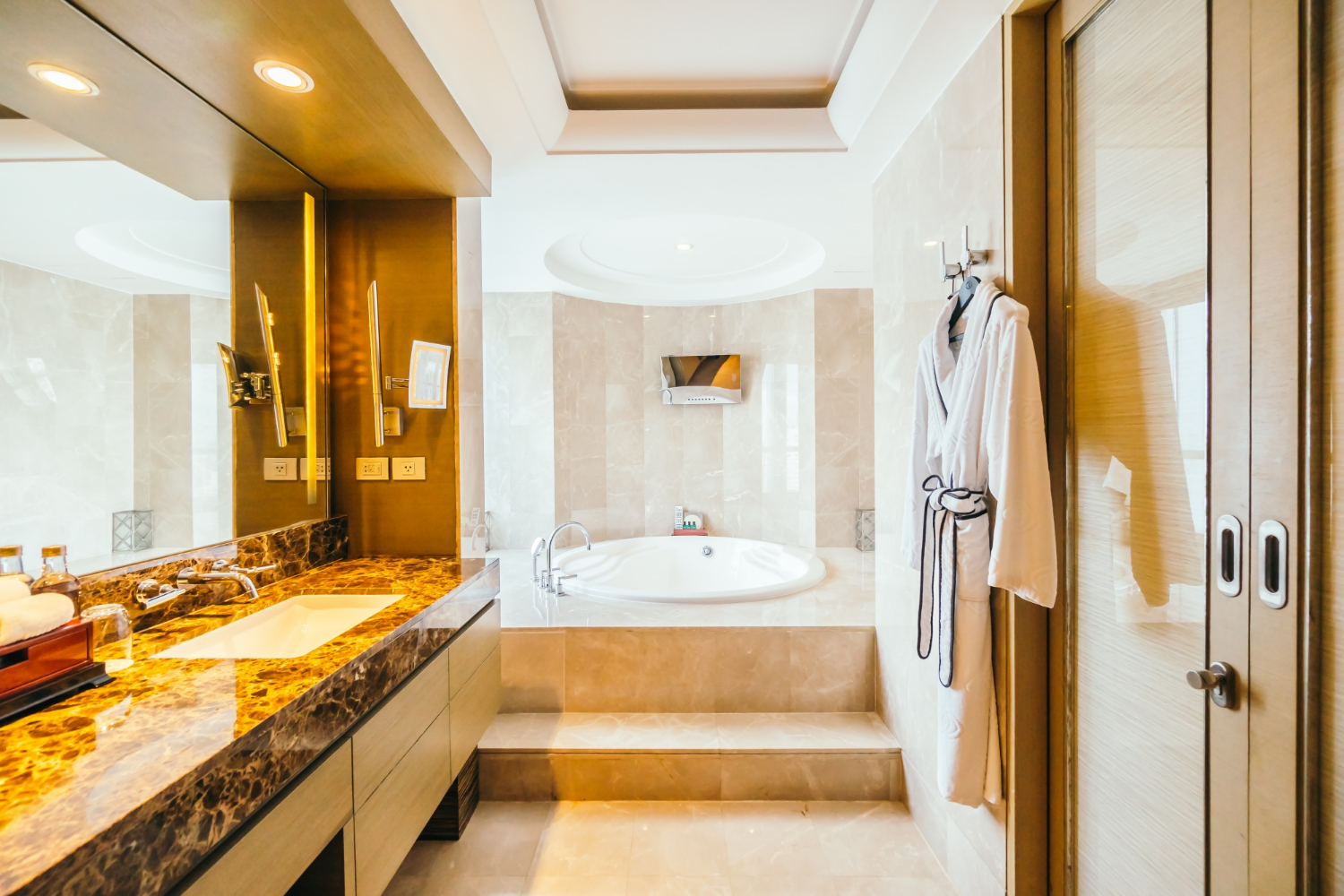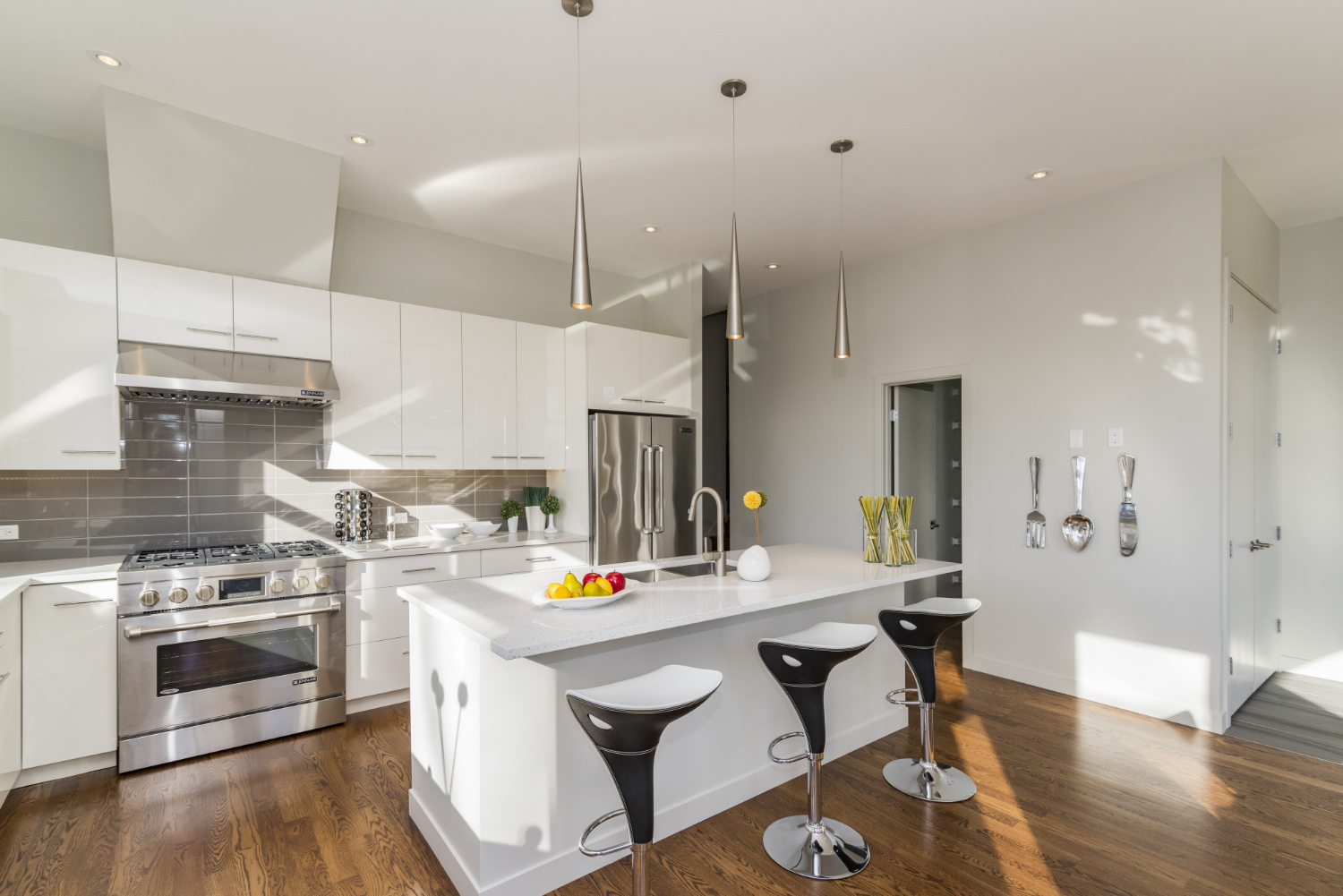
Eco-Friendly Home Remodeling: Sustainable Materials and Practices
In today’s world, more homeowners are recognizing the importance of sustainability and eco-friendliness in home remodeling projects. By choosing sustainable materials and practices, you can reduce your environmental impact, improve your home’s energy efficiency, and create a healthier living environment. Here are some key strategies and tips for eco-friendly home remodeling.
1. Choose Sustainable Materials
Selecting sustainable materials is a cornerstone of eco-friendly home remodeling. Here are some options to consider:
- Recycled Materials: Use recycled or reclaimed materials for flooring, countertops, and fixtures. For example, reclaimed wood, recycled glass, and reclaimed metal can add a unique, rustic charm to your home while reducing waste.
- Bamboo: Bamboo is a highly renewable resource that grows quickly and is incredibly durable. It can be used for flooring, cabinetry, and even furniture.
- Cork: Cork is another renewable resource that is harvested without harming the tree. It’s a great option for flooring and has excellent insulating properties.
- Recycled Steel: Using recycled steel for structural elements can significantly reduce the environmental impact of your remodel. It’s also highly durable and can be used in a variety of applications.
2. Energy-Efficient Appliances and Fixtures
Upgrading to energy-efficient appliances and fixtures can reduce your home’s energy consumption and lower your utility bills:
- Energy Star Appliances: Choose appliances with the Energy Star label, which indicates they meet energy efficiency guidelines set by the U.S. Environmental Protection Agency. This includes refrigerators, dishwashers, washing machines, and more.
- Low-Flow Fixtures: Install low-flow faucets, showerheads, and toilets to reduce water usage without sacrificing performance. These fixtures can significantly cut down on water consumption and help conserve this precious resource.
- LED Lighting: Replace traditional incandescent bulbs with energy-efficient LED lighting. LEDs use less energy, last longer, and are available in a wide range of styles and colors.
3. Insulation and Windows
Proper insulation and high-quality windows can greatly improve your home’s energy efficiency:
- Insulation: Use eco-friendly insulation materials such as cellulose, wool, or recycled cotton. These materials provide excellent thermal performance and are less harmful to the environment than traditional fiberglass insulation.
- Energy-Efficient Windows: Install double or triple-pane windows with low-E coatings to reduce heat loss in the winter and keep your home cooler in the summer. These windows can also block harmful UV rays, protecting your furnishings from fading.
4. Sustainable Flooring Options
Eco-friendly flooring options not only look great but also contribute to a healthier indoor environment:
- Hardwood Alternatives: Instead of traditional hardwood, consider engineered wood, which uses less raw material and can be more sustainable. Ensure the wood is certified by the Forest Stewardship Council (FSC) to guarantee responsible forest management.
- Linoleum: Unlike vinyl flooring, which is made from petrochemicals, linoleum is made from natural materials like linseed oil, wood flour, and cork dust. It’s biodegradable and durable, making it an excellent eco-friendly choice.
- Concrete: Polished concrete floors are highly durable and can be an eco-friendly option, especially when made with recycled content. They also have good thermal mass, helping to regulate indoor temperatures.
5. Green Building Practices
Incorporate green building practices into your remodeling project to minimize waste and maximize efficiency:
- Deconstruction vs. Demolition: When remodeling, opt for deconstruction instead of demolition. This process involves carefully dismantling the existing structure to salvage materials for reuse or recycling.
- Proper Waste Management: Ensure your contractor has a waste management plan to recycle or responsibly dispose of construction debris. This reduces the amount of waste sent to landfills.
- Local Sourcing: Use locally sourced materials whenever possible to reduce the carbon footprint associated with transportation. Local materials can also support the local economy and often blend better with the regional climate and aesthetic.
6. Indoor Air Quality
Improving indoor air quality is crucial for a healthy home environment:
- Low-VOC Paints: Use paints, stains, and finishes with low or no volatile organic compounds (VOCs). VOCs can off-gas harmful chemicals into the air, affecting indoor air quality and health.
- Natural Ventilation: Incorporate natural ventilation designs, such as operable windows and skylights, to improve airflow and reduce the need for mechanical cooling.
- Non-Toxic Materials: Choose building materials and furnishings that are free from harmful chemicals and toxins. Look for products certified by organizations such as GREENGUARD or Green Seal.
7. Renewable Energy Sources
Consider integrating renewable energy sources into your home remodel to reduce reliance on fossil fuels:
- Solar Panels: Install solar panels to generate clean, renewable energy for your home. Solar energy can significantly reduce your electricity bills and carbon footprint.
- Solar Water Heaters: Solar water heaters use the sun’s energy to heat water, providing an eco-friendly alternative to traditional water heaters.
- Geothermal Systems: Geothermal heating and cooling systems use the earth’s stable temperatures to regulate indoor climates, offering a highly efficient and sustainable solution.
Conclusion: Take the Next Step Towards a Greener Home
Eco-friendly home remodeling is not only beneficial for the environment but also enhances the comfort, efficiency, and value of your home. By choosing sustainable materials, energy-efficient appliances, and green building practices, you can create a beautiful, functional, and environmentally responsible living space.
If you’re planning a home remodel and want to ensure it’s as eco-friendly as possible, contact us today. Let us help you turn your home into a model of sustainability and efficiency.


